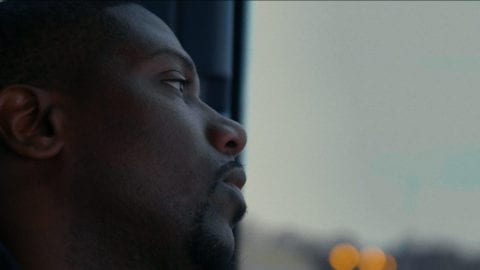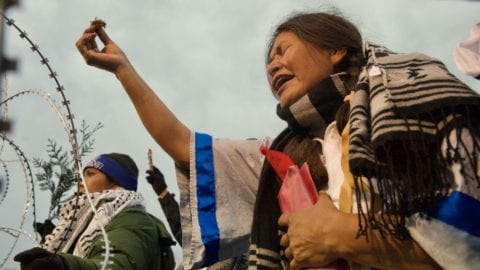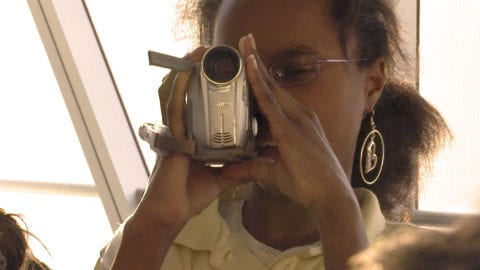Time to take a look at some of the feature length docs showing at Slamdance. I?m pulling some films together here from a couple of sections, but the films I?m looking at for this report are about community, voice, and empowerment, either as a group or individuals.

Jason Polevoi?s A Tiny Ripple of Hope is making its world premiere at Slamdance. The film follows activist Jahmal Cole as he seeks to influence the lives of high school students and bring change to Chicago through his non-profit ?My Block, My Hood, My City.? The foundational idea is that for many young people in poorer sections of Chicago, they only know their immediate surroundings. By taking them other places, even within the city (but also elsewhere) it broadens their view of the world and provides hope of better life. As the film progresses we see how the task he has taken up brings a great deal of personal stress into his life: his house in in foreclosure, his marriage is in trouble, he must work through depression.
It is clear that this organization has a wonderful effect on some of the lives it touches, even though it is a very limited program. The title comes from a quote from Robert Kennedy, ?Each time a man stands up for an ideal, or acts to improve the lot of others or strikes out against injustice, he sends forth a tiny ripple of hope?? Ripples of hope such as Jahmal Cole brings to Chicago can grow into larger waves. It?s not just about what we see happening in this film, but about what it might inspire us to do in our own block, hood, and city

End of the Line: The Women of Standing Rock by Shannon Kring is also making its world premiere at the festival. In 2016, Native American peoples joined together to try to prevent the construction of the Dakota Access Pipeline near the Standing Rock Reservation in North Dakota. The film follows some of the women who were involved in leading the protests that gained national attention. The tribal complaints were about the danger of the pipeline fouling the water for the reservation (and many others downstream), as well as damage being done to sacred heritage sites. A key objection was that the process did not respect the sovereignty of the Lakota people. As the protests gain momentum, we see the pushback from the government and police. Whereas the protestors were unarmed, the police used lots of pepper spray and ?non-lethal? ammunition against them.
Along with documenting the protests (which also attracted supporters from a wide range of non-Native groups, including clergy), the film chronicles the abusive way the government has treated indigenous people throughout history. It notes that it wasn?t until 1985 that native people had the right to raise their own families?not having children taken away for schooling and raised without cultural contact. Eventually, under President Trump, the pipeline was completed, but the fight of those involved continues in many ways.

What began as a once-a-week ten week program for six African-American middle school girls in East Baltimore is the focus of Anatomy of Wings, directed by Kristen D?Andrea Hollander and Nikiea Redmond. The program was run by a local arts college and taught the girls video skills. They discovered that the cameras not only recorded the world around them, it created a way for them to be heard. Through the years, the girls created a very intimate bond between themselves, their mentors, and others who joined the group.
This film was filmed over an 11 year period to show bits of the important issues they shared with each other and the ways this helped to form them as women as they entered adulthood, some becoming mothers, some going to college, others into jobs.

Photos courtesy of Slamdance Film Fesival.



